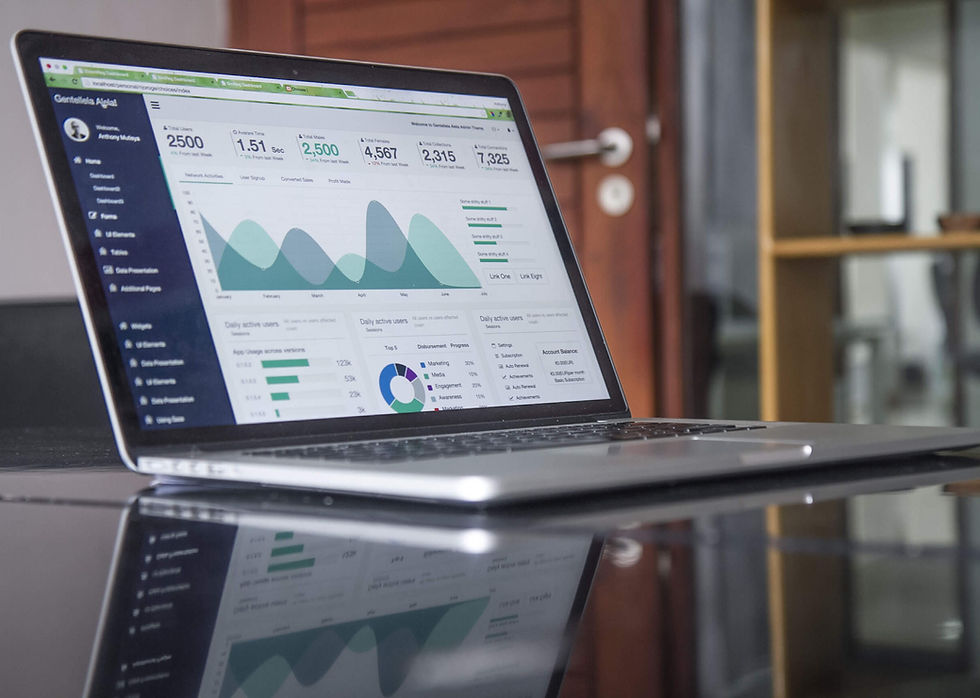What We're Following Today October 22, 2019
- Brian Sherwood

- Oct 23, 2019
- 2 min read
Protect High Brain Function With These Strategies
Harvard Health Publishing published these simple strategies to keep your brain healthy at ANY Age. I listed the main points below.
1. Keep learning
2. Use all your senses
3. Believe in yourself
4. Economize your brain use
5. Repeat what you want to know
6. Space it out
7. Make a mnemonic
Do these sound familiar? Well it sounds like the ways we learned in school and tips people gave to us through the years in order to commit important facts into memory that would be available long after we initially learn them. If something is important, and you feel you need to commit something to memory, give it the attention it deserves. Do the things that you know will help you make that new memory become a priority in your life.
The Future of Learning?
Here is an article announcing innovation of charter schools in Washington State. The Whatcom Intergenerational School will open its doors in the 2020-2021 year. In celebration of the approval for the budget for the school, they are hosting an open house on October 26. The link below goes to the news release talking about the launch of the school.
However, the school website is here (Whatcom Intergenerational School). They look like they are creating a model where the teens help define what they want to pursue more in depth, but that they are supported by elders in ways to help them ask the deeper questions to get more out of their learning paths. Here's their Mission as stated on their site: "WIHS envisions learning designed with students and supported by elders generating deep inquiry skills, thoughtful interactions, and critical consciousness, ensuring every young person can contribute to a more just and sustainable world."
It will be interesting to see how this model tracks over time, but I am excited about getting community members to interact with students in order to help lead people toward a brighter future.
Caregivers for Those In The Military
There's a new tool on the horizon that will help show new trends and help officials dedicate resources and actions based on broader access to the trends that face military caregivers.
This new map that has been released through the Elizabeth Dole Foundation and Booz Allen Hamilton graphically shows where caregiver and disabled military vet needs and services match up or have disparities. This quick visualization can help administrators to see where there may be a need for more investment or where they need to concentrate resources in order to reduce disparities.
If you like data, and if you like how data can help provide actionable information in the hands of those willing to use it, then you will like this story.









Comments